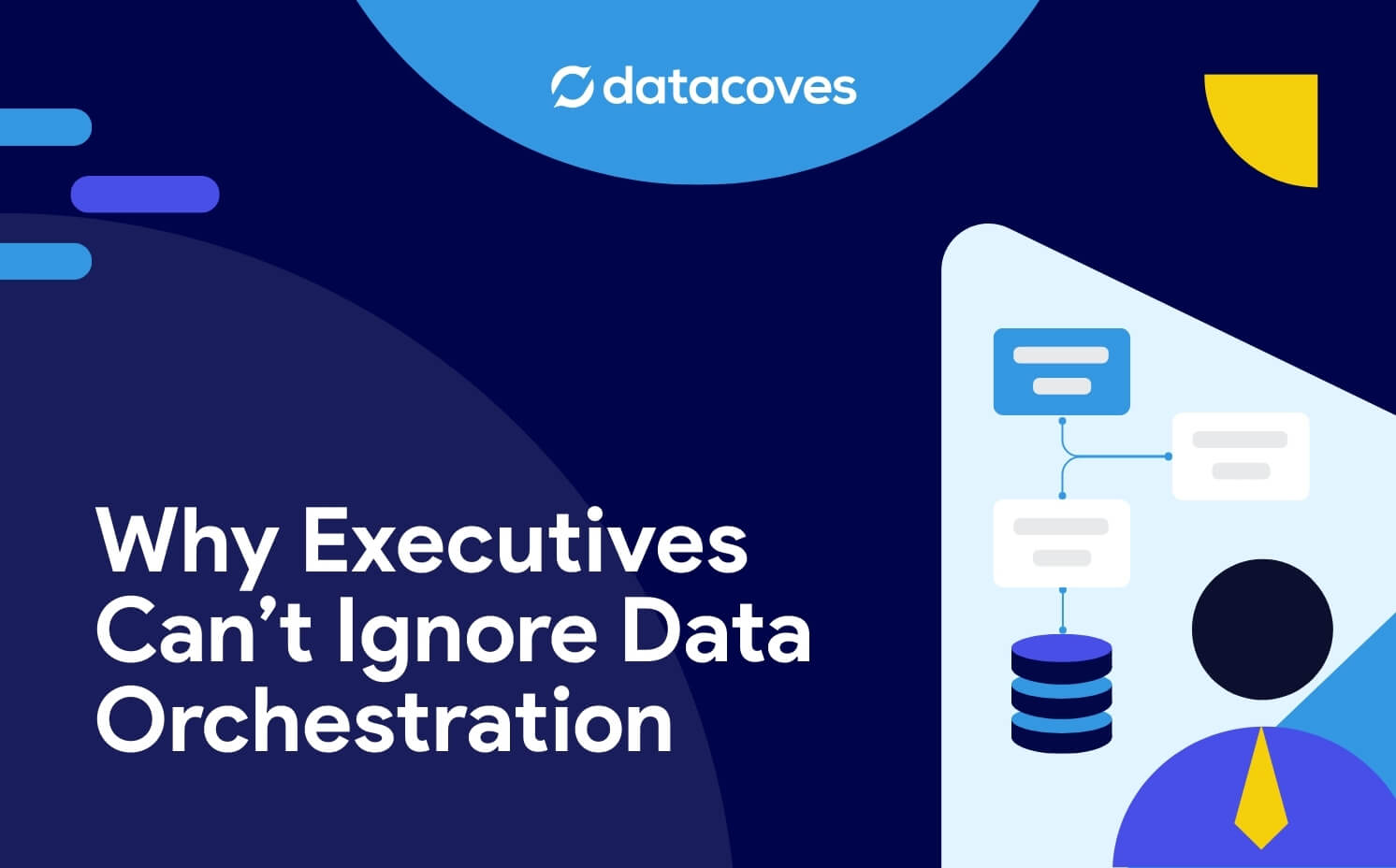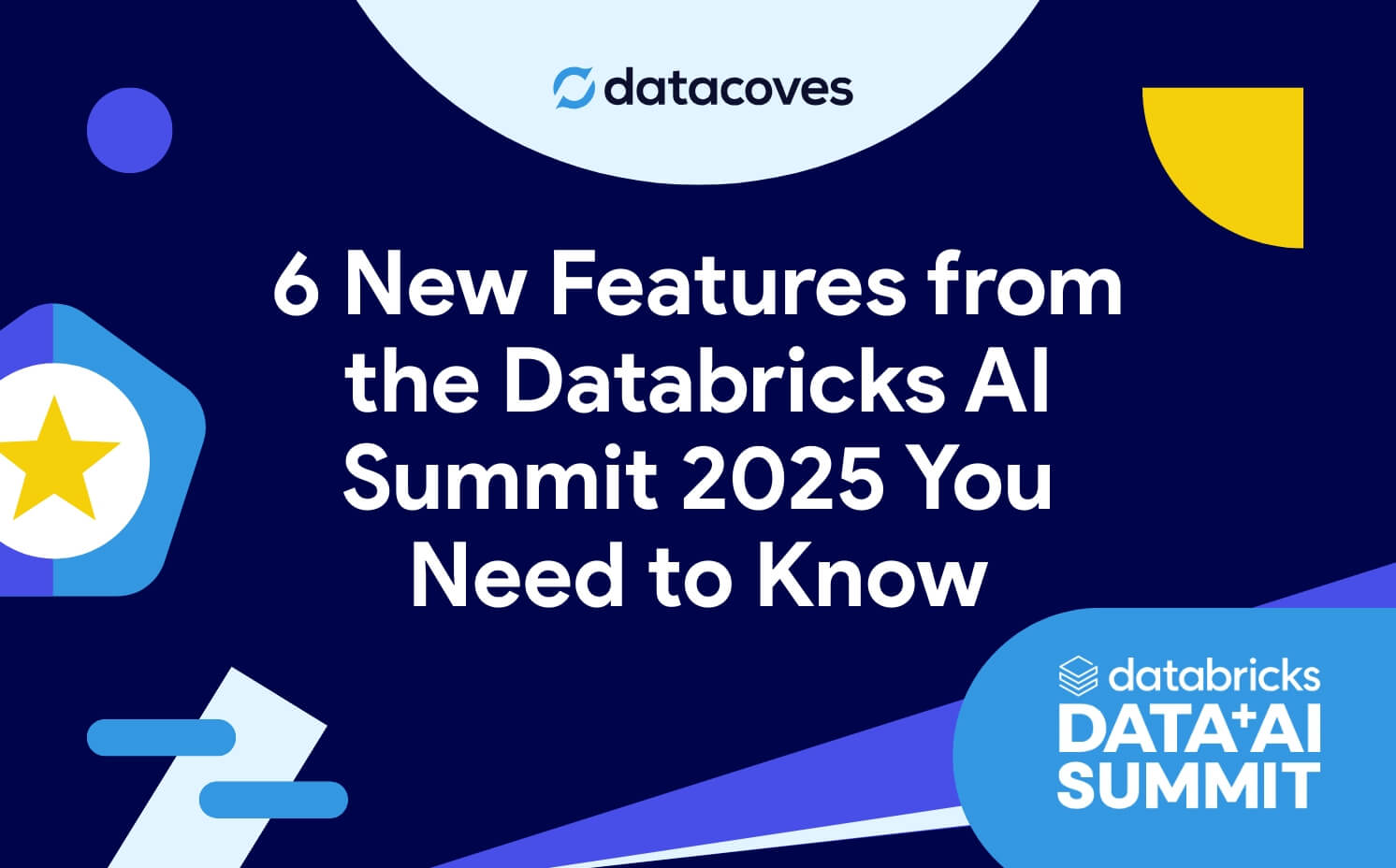The reason companies fail at leveraging analytics stems from the fact that people tend to focus on the destination instead of the journey that will lead to the solutions that will have the most impact on the business. Time and time again, I see people focus on the so-called shiny objects, like new tools, new techniques, or even new people, that appear to be the silver bullet everyone needs. The truth is, if you go back to the first principles and start with true alignment, good data processes, and user-centric experiences, project success and satisfaction are achievable.
Lack of Alignment Reduces Faith in the Solution
Every project I have been a part of started with a sense of optimism and excitement. The honeymoon phase was great. Everyone was united; we had gotten the funding, selected vendor partners, and purchased whatever technology was part of the solution. We all spoke the same language, everyone got to work, management started getting progress updates, and everyone thought we were off to a great start.
It wasn't until real decisions needed to be made that we realized the honeymoon was over. In every single instance, an excessive amount of time was spent in meetings arguing and reaching some level of consensus until the next decision. The reason this happened was because we didn't really spend the time to get on the same page. People assumed that we were aligned because at a high level, we all talking about the key points of the given initiative: digital transformation, self-service analytics, customer mastering, data lakes, etc.
But we were not really thinking the same things. Everyone had different backgrounds and had expertise on different parts of the solution: regulatory requirement, technology limitations, end-user needs, etc. There were also things no one knew at the start, and we didn't have a north star to guide these decisions. We all appeared to be saying the same things, but we were thinking very differently.

I have seen the pressure to get started on a project and show progress lead to delays and ultimate dissatisfaction with the end result. On projects where we have spent a couple of weeks getting aligned using a structured approach to product discovery, we ended up with better estimates and better overall satisfaction.
In any analytics-related project, the same things apply: the team needs to understand the business objectives, the current state (so the new process isn't worse), the risks, and prioritize the high-level features. Most importantly, the team needs to align on what's NOT in the new solution and the prioritizing criteria such as quality, feature completeness, or usability that will be used when making decisions. Agile does not mean no planning.
Trust starts by listening to people and creating a shared vision that sets the right expectations from day one. You can create an achievable plan if everyone knows what you are trying to achieve.
People don't Trust the Data
Let's face it, your data processes get no love. This is usually because this is "too technical." Your users don't care about databases, schemas, tables, or columns, let alone the process of converting raw facts into business-ready insights. It's easy for management to see a fancy dashboard and get excited about the possibility of machine learning, but talk about data and people's eyes gloss over.
It kind of makes sense; most people don't understand how the power grid works. We all take it for granted. We flip a switch, the light turns on, and we move forward. No one cares about electricity until something goes wrong. In a lot of organizations, things go wrong with data more often than you would think. Sometimes people notice right away, but other times failures are silent. When something does go wrong, everyone goes into firefighting mode. Meetings are held, issues are discovered, and patches to "prevent" the failure are put in place. The time to think about the inevitable is not once things break; you need to anticipate failure and design for resilience.
The issue here is that we don't think of the process of going from raw data to insights as a single system. It is all interconnected and needs to be treated as such. When it comes to analytics, sometimes it feels like companies want to build a mansion on a foundation atop quicksand. Initially, all seems fine, and everyone is in the house decorating until someone notices that a corner of the house is sinking. Everyone goes outside, props up the corner, and they happily go back inside to decide what color to paint the next room.
You can't build a house on quicksand; you need to set up repeatable processes with quality built in from the start. If we want collaboration, we have to build it in. If you want to be able to do impact analysis, guess what? You can't retrofit that later if you didn't do it from the start. Having documented analytics is not magic; you need this to be part of the culture and part of the process. The good thing is that many smart people have faced the same issues, and there are examples we can see where people are doing things right.
If you want users to trust data analytics, they need to trust the data, and they need to believe in a solid process that is built on a solid foundation.
Bad User Experiences Erode Confidence
When you try to please everyone, you please no one, and in many companies, technical teams try to do everything they are asked. They jump through hoops to deliver projects, but it is very common for people to be dissatisfied with the end results. I have also seen new tools used like old ones. Teams sometimes take the approach that the new process is just affecting some part of the current broken process, so they only incrementally change it. I have seen Tableau dashboards that are essentially Excel on the web with some automation.
Instead of asking users what they want, we need to understand what they need and why. What are they trying to accomplish? What's wrong with how they do things today? Is the new process / tool you are putting in place better than what they already have? Sometimes it makes more sense to leave a current process as-is until other parts of the system are improved.

When you understand the real need for an omni-channel dashboard or a sales dashboard, you design the solution to help you achieve that goal. If your users need to quickly get in and out of the tool, you can find ways to reduce the number of clicks it takes them to get there. You simplify access, and you surface the most important information first. You build the solution around them, and more importantly, you are able to justify your decisions and why certain things need to be de-prioritized. When users see that you empathize with them, they trust you. They don't push back on every choice because they know you have their best interests at heart because you have demonstrated time and again that you do care.
Conclusion
Getting decision-makers to trust data analytics is no different than getting anyone to trust anything. You need to start with alignment and set the right expectations; you need to build end-to-end processes that are robust; and you need to deliver the tools that facilitate the job users do.



-Photoroom.jpg)




